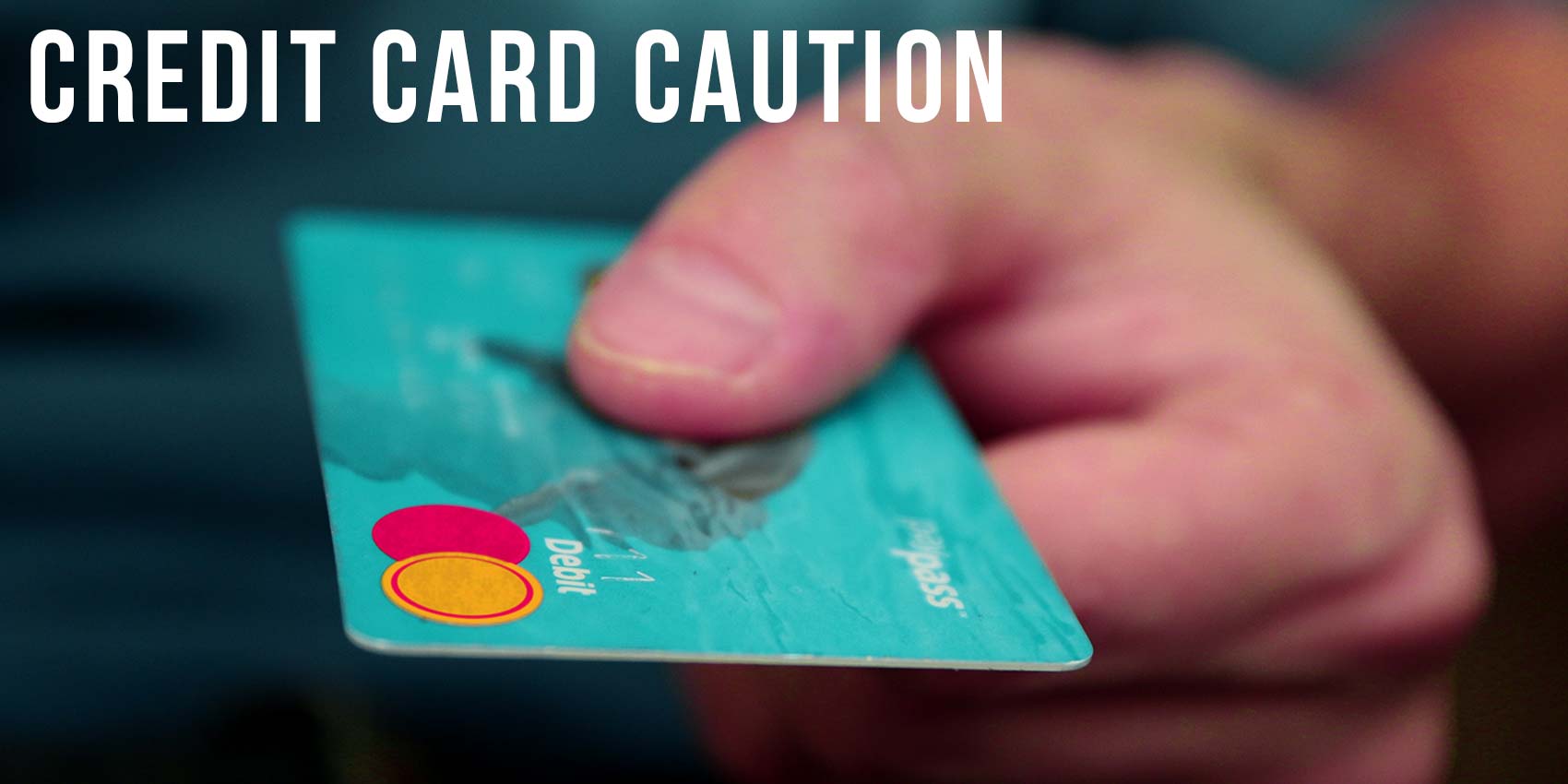08 Apr Credit card caution

Credit cards allow you to spend money on items that you may not currently have the cash on hand to buy. For instance, you need milk, shampoo and deodorant at the store but don’t have any cash in your wallet. But, miracle! You have a credit card! A credit card allows you to pay for those items now and then pay your credit card company for them later. Sweet!
Here’s how it works: every month you will receive a credit card statement telling you how much you spent that month and thus owe. If you have enough money in your piggy bank to pay it all off, great! That’s all you need to do. BUT! If you spent more money than you have, then you will need to start paying a fee – called interest – on whatever portion of the money you spent that you can not pay back.
You see, when you get your credit card statement, you can either pay it all back, pay some of it, or pay the “minimum” amount. The minimum amount is determined by the bank. You must pay a minimum in order to continue to be in good standing with your credit card company. The minimum is usually a very small percentage (like 2%) of what you owe overall, which seems reasonable but (!!! – pay attention, the next phrase has a lifetime financial effect) actually sets you up to pay a lot more over time, because, if you pay just some of the bill, or just the minimum, you will then start paying interest (discussed in the Bonus YSS) on the money that you did not pay. That interest can add up quickly as interest rates on credit cards can be quite high (like 12% or 25% or even 35%!).
To put it in real life terms: if you pay $50 for a shirt today and then don’t pay your credit card bill for several months, that shirt will end up costing you a lot more… like $75, $100 or even more depending on your credit card company.
The minimum age to have a credit card for which you are solely responsible is 18. But in high school and middle school, some parents give their teens credit cards for various purposes, like “emergencies.” However, many teens often get into trouble when they purchase things that were not for an emergency or that went over the set budget (most often due to emotional spending!). Overspending on a credit card can be really easy and can get teens (and adults!) in trouble quickly. This is why setting a budget and understanding the interest applied to credit card debt is so important.
Many teens have debit cards instead of credit cards. Although used like a credit card, debit cards have a couple unique features. First, you usually need to enter a “pin number” (a secret code) into the card machine to validate the purchase. Second, debit cards immediately deduct the amount of your purchase directly from your bank account. You bought $100 worth of ping pong balls on your debit card on Tuesday? On Tuesday $100 will be removed from your bank account. Want to use your debit card to purchase a diamond ring for $3,500 that you don’t have in your account? You won’t be able to do it. Debit cards are not credit cards. They only allow you to spend money that is currently in your bank account.
However, debit cards are still risky in the hands of someone who is an emotional spender or doesn’t have a financial plan. Debit cards allow you to purchase things that you might not normally have the cash on hand to purchase, like that $457 final sale orange and purple sweater in the window of your favorite store. Had you not had a debit card on hand, you probably would not have had the cash in your pocket to purchase a sweater that doesn’t look so good now that you are home and your bank account only has $3.63 left in it. That’s why having a budget and goals is a great idea – make sure you have those before you have any type of card – credit or debit.




Post Question:
Do you have a credit card? If so, what are the rules about spending on it? If not, do you want one? Why or why not?
Answer the post question here
What's being said